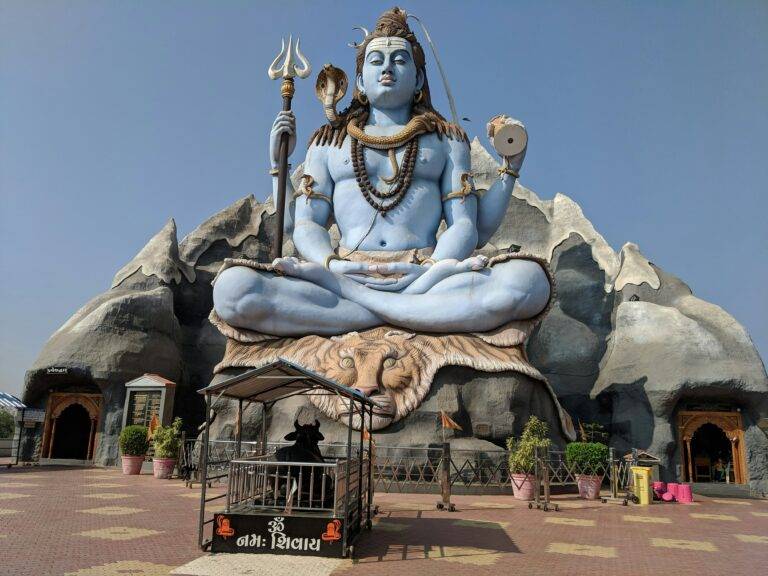Investigating the Influence of Afrofuturism in Visual Arts and Multimedia Productions
Afrofuturism emerged in the late 20th century as a cultural aesthetic that combines elements of science fiction, fantasy, and African diasporic culture. The movement was heavily influenced by the works of science fiction writers such as Octavia Butler and Samuel R. Delany, whose writings explored themes of race, identity, and technology in futuristic settings.
In visual arts and multimedia productions, Afrofuturism seeks to reimagine a future where Black people are at the forefront, shaping their own destinies and narratives. Artists draw inspiration from African mythology, science fiction, music, and technology to create vibrant and imaginative works that challenge traditional narratives of the past and present. Through their art, Afrofuturist creators envision worlds where Black culture is celebrated, technology is wielded as a tool for empowerment, and ancient traditions are merged with futuristic innovations.
Afrofuturism combines elements of science fiction, fantasy, and African diasporic culture
Influenced by writers like Octavia Butler and Samuel R. Delany
Visual arts and multimedia productions reimagine a future where Black people are at the forefront
Artists draw inspiration from African mythology, science fiction, music, and technology
Afrofuturist creators envision worlds where Black culture is celebrated
Technology is used as a tool for empowerment in Afrofuturist art
Ancient traditions are merged with futuristic innovations in Afrofuturism
Key Themes and Motifs in Afrofuturist Artworks
Afrofuturist artworks often explore themes of identity, alienation, and cultural heritage. Through a blend of futuristic imagery and African symbolism, these artworks challenge conventional narratives and envision alternative futures where Black experiences are at the forefront. The motifs of space travel, cyborgs, and hybrid beings frequently appear in Afrofuturist creations, highlighting the intersection of technology and spirituality in the African diaspora.
Moreover, Afrofuturist artists frequently draw inspiration from historical events, myths, and traditions to reimagine the past and speculate about what lies ahead. By merging elements of the past, present, and future, these artworks prompt viewers to reflect on the complexities of African and African-American history while envisioning a world where Black culture thrives. Themes of liberation, resilience, and empowerment are recurrent in Afrofuturist narratives, emphasizing the importance of centering Black voices and perspectives in discussions about the future.
The Role of Technology in Afrofuturist Visual Arts
Afrofuturist visual arts often incorporate technology as a central element in their creations. Technology serves as a bridge between the past and the future, enabling artists to imagine alternative realities while acknowledging historical struggles and experiences. Through the use of various digital tools, Afrofuturist artists are able to convey complex narratives that explore themes of identity, race, and social justice.
In Afrofuturist visual arts, technology is not merely a tool for artistic expression but a symbol of empowerment and liberation. By merging traditional artistic techniques with cutting-edge digital processes, artists are able to challenge dominant narratives and envision a more inclusive and equitable future. Technology allows Afrofuturist artists to push the boundaries of creativity and engage with audiences in new and dynamic ways, highlighting the potential for innovation and transformation within the art world.
What is Afrofuturism?
Afrofuturism is a cultural aesthetic movement that combines elements of science fiction, fantasy, African history, and Afrocentrism to explore themes of technology, identity, and the future.
How does technology play a role in Afrofuturist visual arts?
Technology is often used in Afrofuturist visual arts to depict futuristic landscapes, advanced civilizations, and cybernetic enhancements. Artists may incorporate digital tools, virtual reality, and multimedia installations to create immersive experiences for viewers.
What are some key themes and motifs in Afrofuturist artworks?
Common themes in Afrofuturist artworks include the exploration of African diaspora, the reimagining of history through a speculative lens, and the empowerment of marginalized communities. Motifs such as space travel, alien encounters, and cyborgs are frequently used to symbolize the intersection of African heritage with futuristic possibilities.
How have Afrofuturist visual arts evolved over time?
Afrofuturist visual arts have evolved from their roots in the 20th century Black Arts Movement to encompass a diverse range of mediums, styles, and cultural influences. Today, artists from around the world continue to push boundaries and challenge conventional narratives through their innovative and thought-provoking creations.







